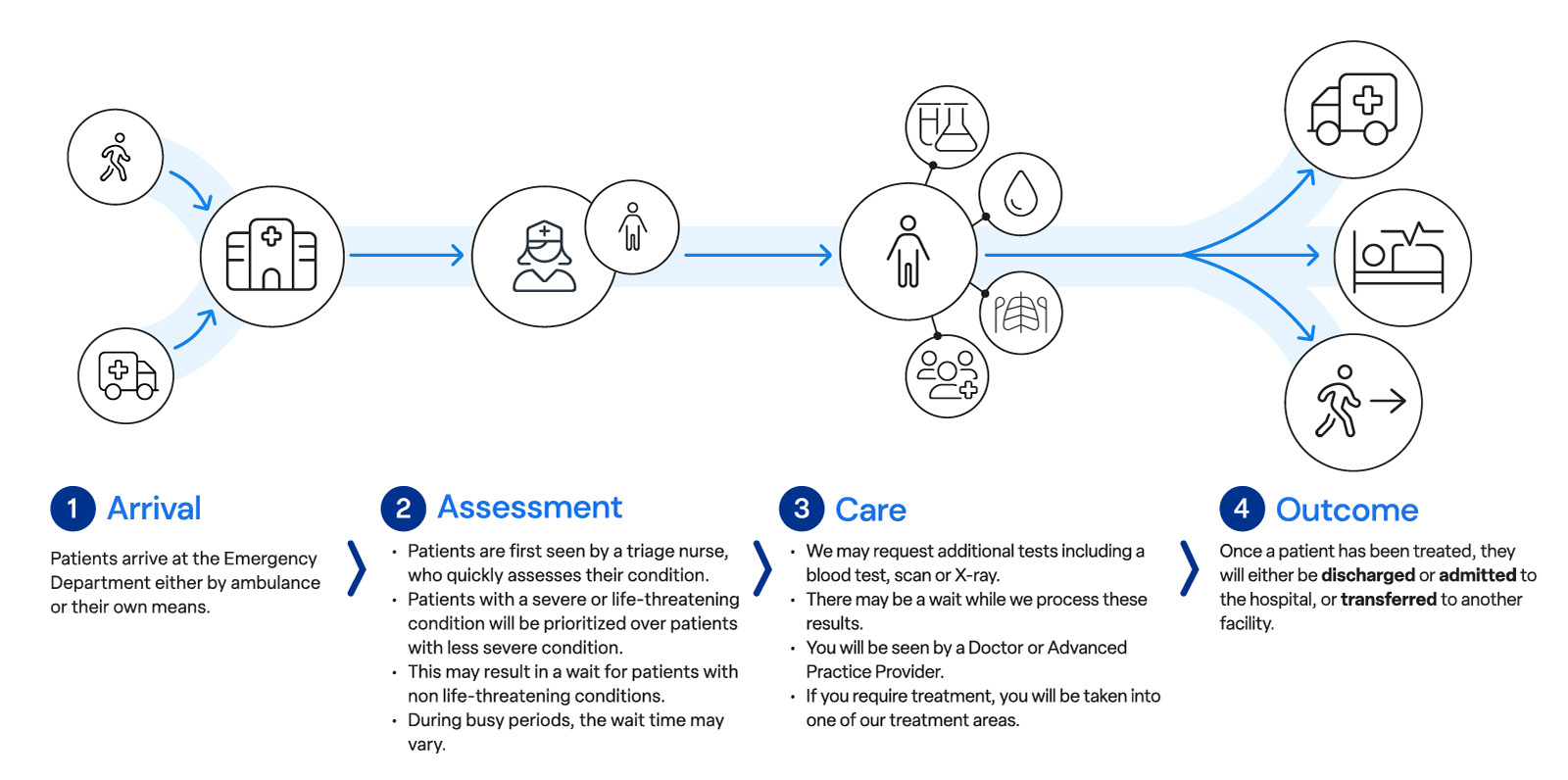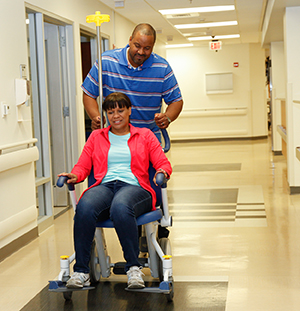Emergency Care
When an emergency happens, it’s important to have the most advanced, compassionate care as quickly as possible. Our experienced emergency department staff are ready 24/7 to help treat you and your family quickly and efficiently, while never compromising on the highest quality of health care. Call 911 if someone is experiencing life-threatening conditions like a heart attack, stroke, or is unresponsive.
Emergency Care News & Resources
Patient Story
Chenitra Emergency Care
Article
Chenitra Emergency Care
Article
Two EMS Experts Weigh in on Why it’s Important to Call 911 Immediately in the Case of Stroke
Article
Virtual Care, Convenient Care, or Emergency Care: How to Choose the Right One
Article
What to Do When a Visitor Needs Medical Care Away From Home
Article

